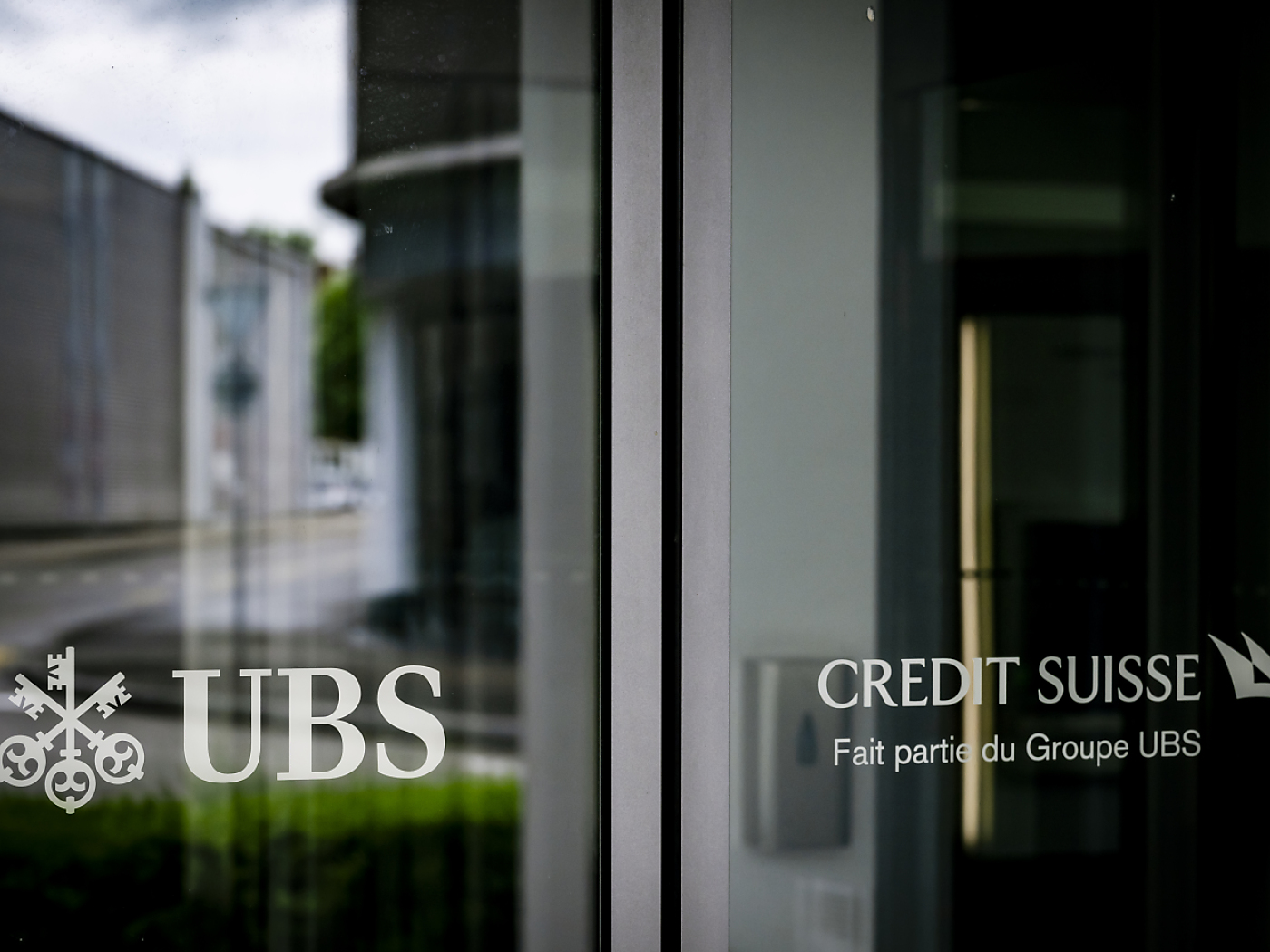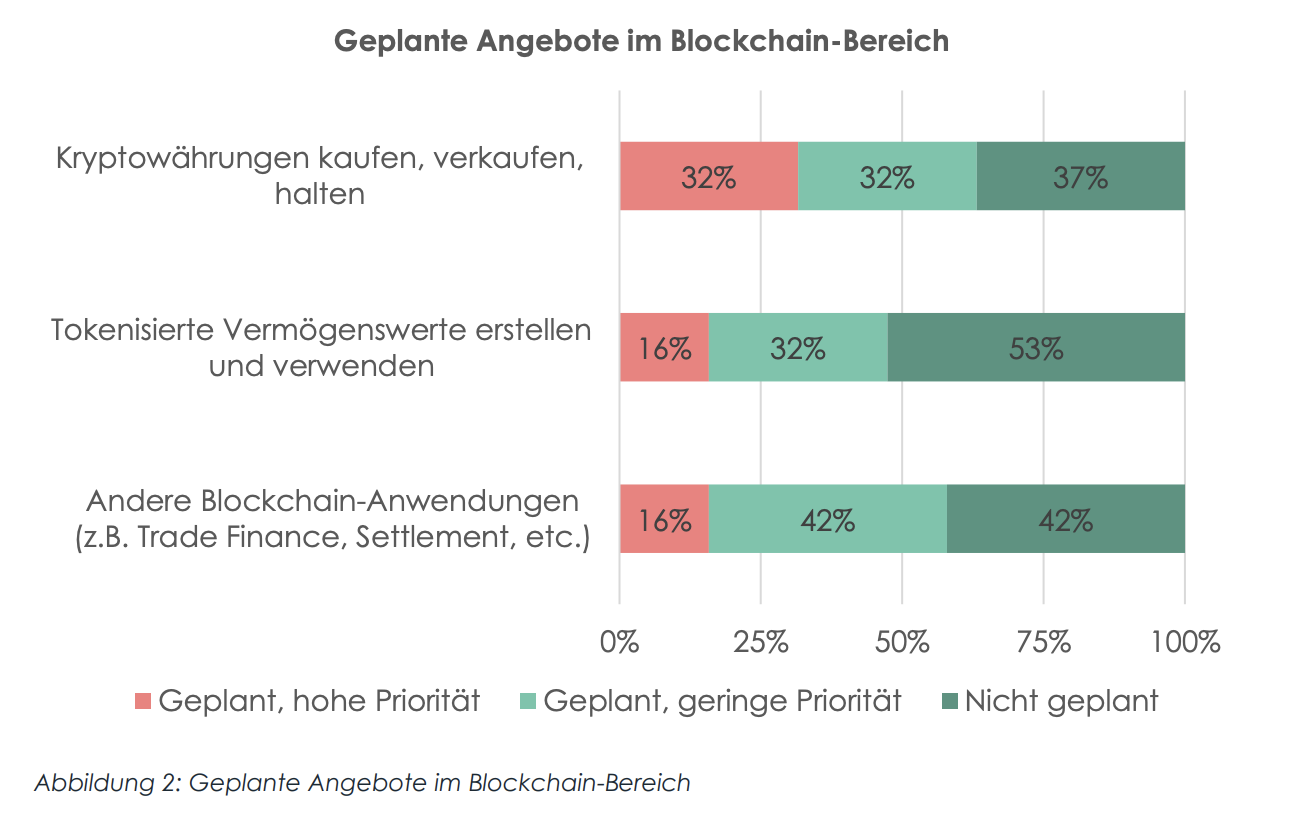INVESTORS checking out the Everest Capital website will find that the hedge fund offers strategies that
are diversified across themes, countries and sectors.
So they wouldn’t have expected losses from any one bet to be that significant. But over the weekend, it was revealed that last week’s surge in the Swiss franc had virtually wiped out the group’s main fund, Everest Global Capital. And Everest will not be the only one to suffer. An expert quoted by Bloomberg said that some hedge funds were using 20 times leverage on bets that the Swiss franc would decline, meaning a 5% rise in the franc would wipe out the bet. The currency broker Alpari has gone into administration while another broker, FXCM, has had to rustle up a $300m loan to cover clients’ losses. In these cases, it looks as if the brokers had allowed clients to bet against the Swiss franc but their margin requirements had not proved sufficient.
In a sense, it is easy to see why a bet against the Swiss franc was so popular. The Swiss National Bank seemed to be protecting the downside by imposing a cap on the franc’s level against the euro. Borrowing the Swiss franc was very cheap; official rates were negative (one doubts that clients could borrow at a negative rate, however).
Banks are also reporting losses on the Swiss franc trade and this must raise further questions about their risk modelling. The classic approach is the value at risk model (VAR) which NYU Stern explains is
used most often by commercial and investment banks to capture the potential loss in value of their traded portfolios from adverse market movements over a specified period.
The big question is how to work this out. Does one assume that returns are normally distributed, ie look like the bell curve that applies in much of nature? In real life, outlying events occur more often than the bell curve suggests. But even if firms try to account for this, how do they do it? The temptation may be to look through past records, find the maximum short-term movement and plug that into the model; if the bank can survive such an event, things are OK. But the Swiss move was unprecedented; currencies don’t tend to jump by 15-20% in a day. History was no help.
Worse still, the SNB’s cap policy will have reduced the franc’s volatility in recent years. In the world of risk management, more leverage tends to be applied to less volatile assets; you need more bang to get your bucks.
Nassim Taleb wrote his book Black Swan several years ago to point out the flaws in this reasoning; despite their clever maths, traders are caught out by the events they don’t anticipate and model for. This black swan has turned some traders into dodos.
Full story here Are you the author? Previous post See more for Next postTags:






























